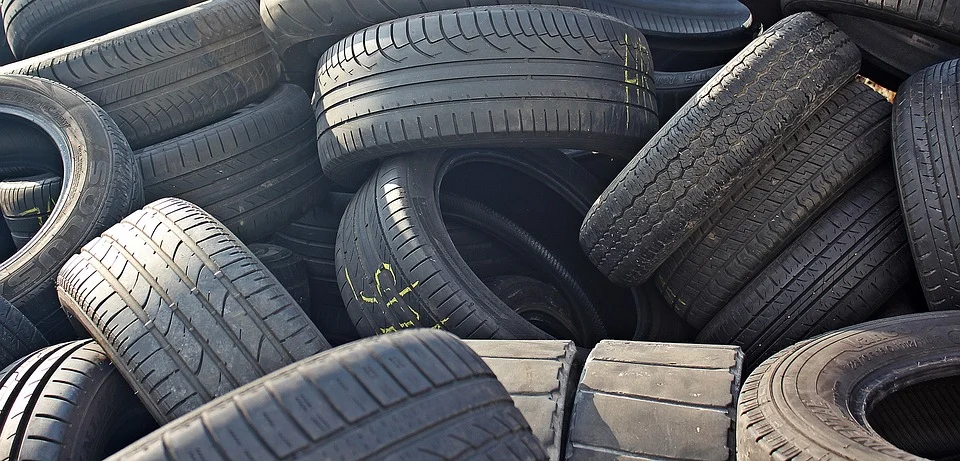Tyres are big business in the motoring industry, with more than 300 million units of tyres sold for consumer cars and light commercial vehicles across the EU each year. The vital function tyres perform is well-known to every motorist, but perhaps underestimated. Tires are the only point of contact between a car and the road, and as such carry a heavy burden of responsibility for safety and vehicle efficacy. That is why you must only use high-quality tires for your vehicle.
With stringent rules on tyre condition set by UK law, regular tyre changes are required of all drivers in the UK. But the market is a competitive one and many will have noted the wide range of tyre brands available online, in garages and service stations – with a wide variety of selling points and differences between them. But why is the market so expansive, and what are those differences?
Different Brands
For a start, the sheer volume of available brands has a significant influence on the price range, from budget unbranded tyres to mid-range tyres – often locked into sponsorships with local garages and dealerships – and to premium tyre brands such as Bridgestone. They will each have their differences regarding the following criteria:
Performance
Higher-quality premium brands will offer ‘better performance’ than unbranded or value alternatives – but what does this mean? As your tyres are your sole point of contact with the road, they can have a profound impact on stopping distance, acceleration and even fuel economy. A well-built tyre will boast shorter stopping distances and more stability at higher speeds.
Design
The above benefits can be largely attributed to the design philosophy behind a given tyre. Design goes beyond the look of the tyre; certain tread patterns can improve traction, especially when coupled with the right material composition. Premium brands will spare less expense with regard to tyre construction, using more responsive rubber compounds and stronger wall meshes to retain shape and rigidity.
Longevity
The better-built a tyre is, the longer it is likely to last. Cheaper tyres with less durable compounds, or thinner wall meshes, will be more likely to suffer a puncture or other failure than more expensive brands. Even without the threat of puncture, weaker rubber compounds can result in faster tread wear leading to worn tyres in less time.
Cost
All of the above factors have a cumulative effect on the retail price of each brand’s tyre. Where some have been able to streamline manufacturing processes and minimise the cost of raw materials, others invest more heavily in design and safety. As such, there is a wide range of tyres on the market – suiting different customers at different price points. Cheaper brands are not likely to last as long as premium brands, while higher-range models can also offer improved performance. Consumers have every right to access cheap and affordable tyres, but in many cases, the more expensive option is the more economical one.

